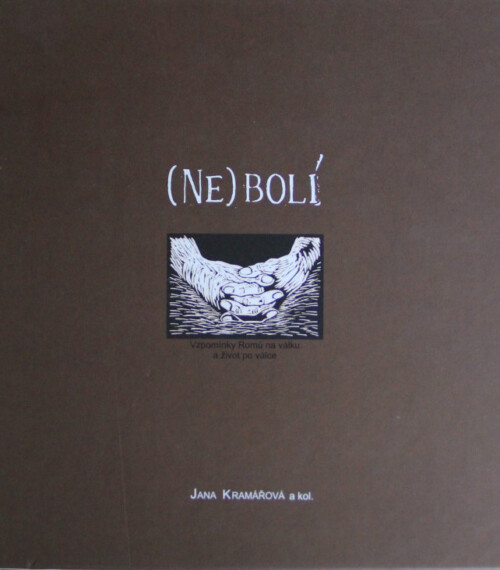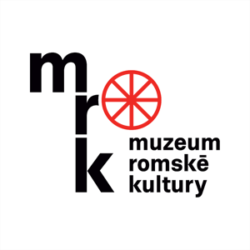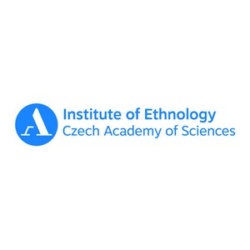Jana Kramářová et al. (eds): (Ne)bolí. Vzpomínky Romů na válku a život po válce (It does [not] hurt. Roma memories of the war and of life after the war)
Published by Člověk v tísni (People in Need), Prague 2005
The book is a collection of testimonies from Romani people whose narratives are divided into the period before the war, during the war, and the years after the war. It has two introductions: first comes a short text by Zuzana Ramajzlová, coordinator of the project Aid for the Compensation of Romani Victims of World War II, which explains the context of the book's creation. This is followed by a historical outline by the Romani scholar Jana Kramářová about the persecution of the Roma in Slovakia in 1939-1945, enhanced by the context of the post-war migration of Roma to the Czech Republic. The main part of the book consists of the life stories of four witnesses, supplemented by photographs from family archives and filming. All of them were born in Slovakia, where they also experienced the hardships of the war, and all of them moved to the Czech Republic after 1945. The book concludes with an interview with the main interviewer and editor of the book, Jana Kramářová, and with Jakub Steiner, who was instrumental in Romani survivors of the war being successfully compensated. The interview covers both the circumstances of the publication's creation and the process of compensating Romani victims of the Holocaust in the Czech Republic; it also mentions in a few sentences the extraordinary wartime fates of several witnesses whose stories could not be included in the book.
The interviews took place in various locations in the Czech Republic between 2001 and 2005, and the interviewers first recorded them on a dictaphone and (to save time) wrote them down later. In general, two or three meetings were held with the survivors. The first interview was focused above all on their wartime fate, as it served as an attachment to the application for compensation to the Czech-German Fund for the Future. The original audio recordings are stored in the archives of the Czech-German Fund for the Future.
From almost 2,000 applicants for compensation, the editor identified about fifteen who would be suitable for the purpose of the book, approaching them with the offer to record more of their life story. She then met for a second time with those who had expressed interest, and in two cases for a third time, to extend their recollections by talking about the period before the war, and also after 1945. She was accompanied by Martin Šimáček as photographer. The publication contains explanations of terms used in the text.
The language of communication for the interviews was Czech. The interviews were conducted in the home environment of the survivor.





